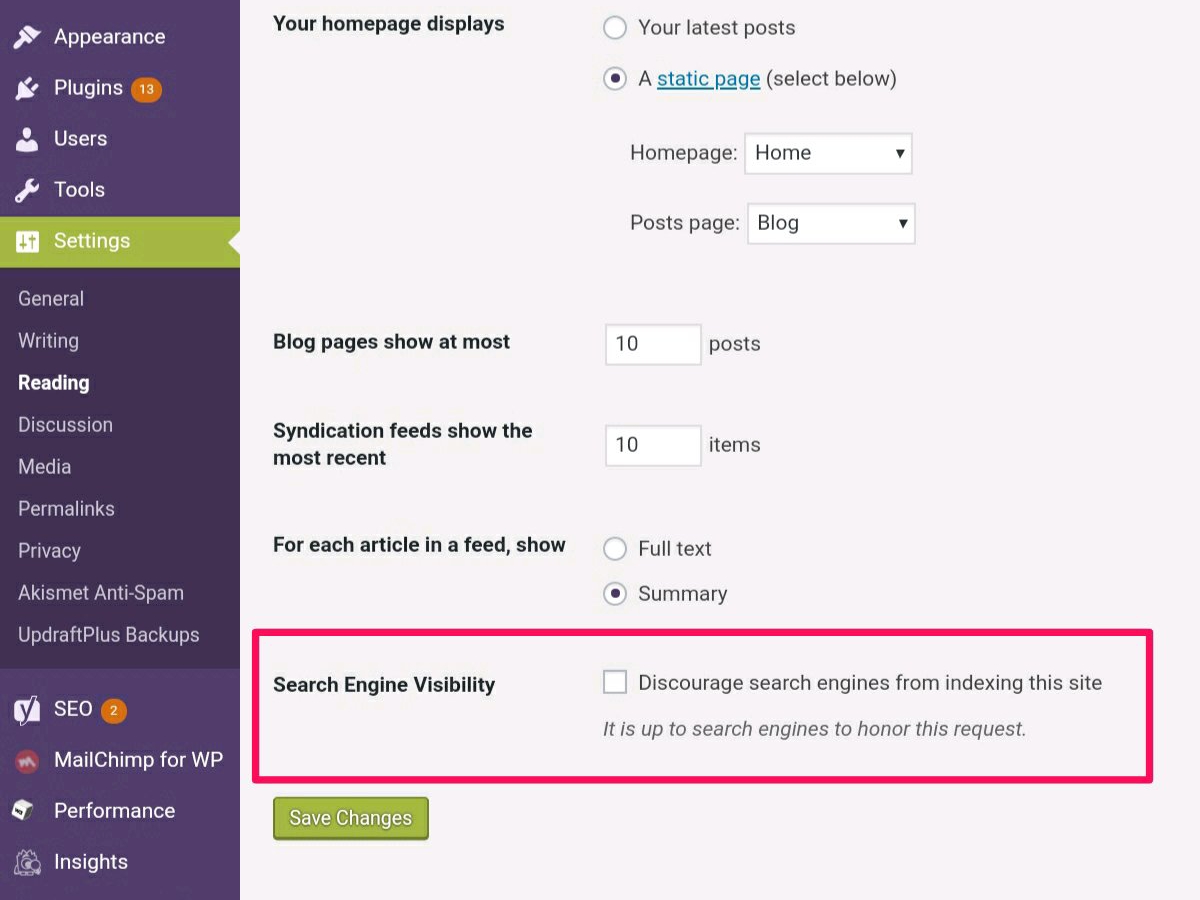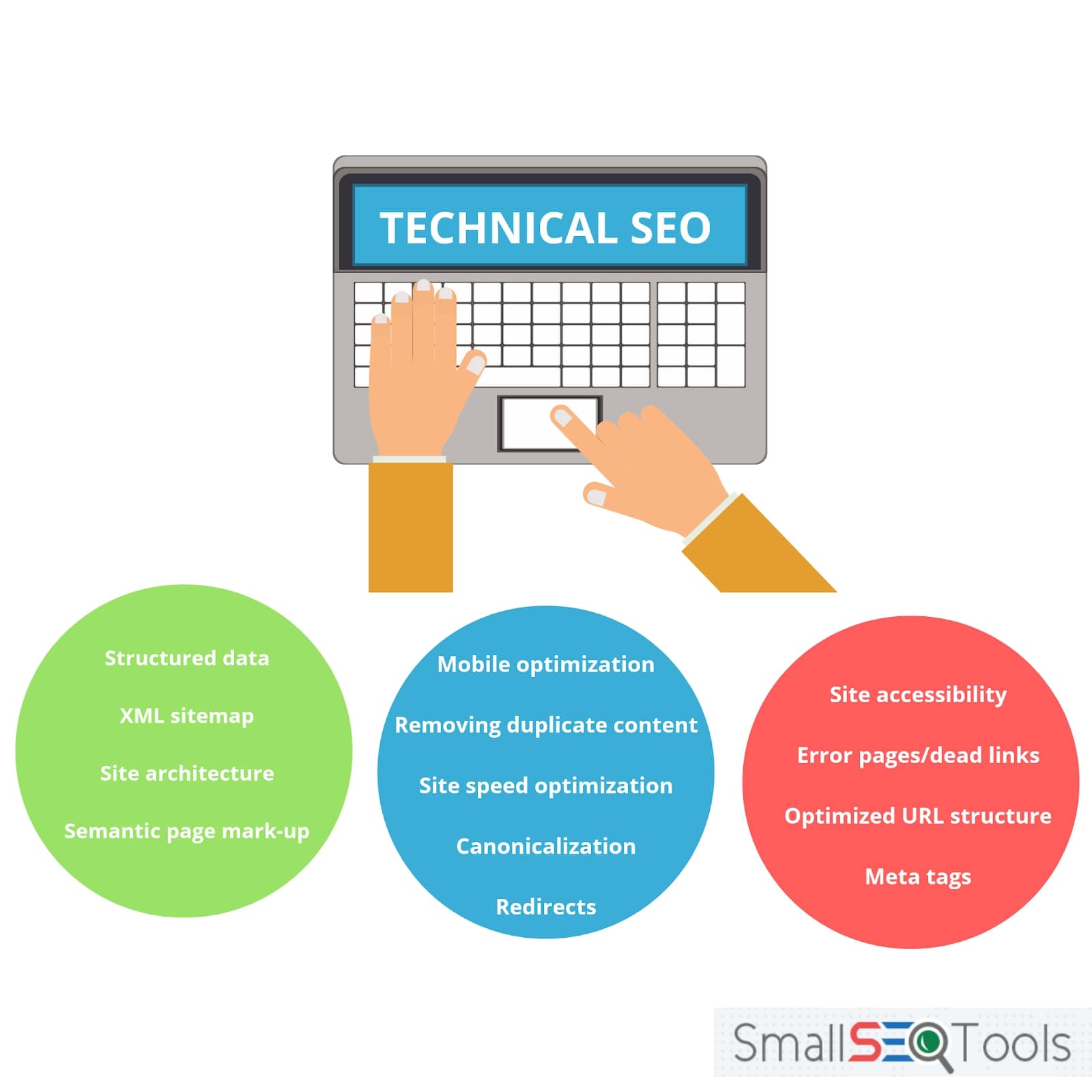How to Rank a New Website on Page #1 in 1 Week

So you’ve just built an intelligently designed masterpiece of a website. You’ve ruthlessly unleashed all of your technical and creative prowess on it, and you've added all the bells and whistles. Great job, my friend! Your new website is now live and you thought "hey, let's google it to see how it's doing in SERPs."
And then, crickets.
Well, you're not alone. One problem most webmasters face when launching a brand new website is that their site doesn’t immediately get found on search engines' top pages for strategic keywords.
But happy are you because today, we'll lay out the things you can do to quickly get your new website to rank on the first pages of the major search engines within one week or less. Let's start with the first thing you need to check if your website has yet to get indexed.
FIRST THINGS FIRST, REMOVE BLOCKAGES
If your website has not been indexed at all by the search engines, it could mean that there are certain elements telling the search engines not to index or display your site.
For example, Robots.txt files can block search bots from crawling websites. If you or your web developer forgot to remove the Robots.txt file after building your website, you'll need to go back and reconfigure it to allow the spiders to crawl your site properly.
Google Search Console has a Robots.txt tester. If you are unsure if your website is blocking crawlers, this tool will allow you to assess whether or not the Robots.txt file is configured to allow proper crawling of the site.
Another typical example is if you're using WordPress. There's a feature on WordPress dashboard which when turned on does discourage search engines from showing your website. Simply go to Settings >> Reading on your WordPress dashboard to uncheck the Search Engine Visibility box which say "Discourage search engines from indexing this site."

Other elements such as flash and frame code that are not search engine friendly can also obstruct search engine crawlers.
By removing these blockages, search engines will be able to easily pick up your site for ranking. Once you've done this, the next line of action would be to set up your website to actually start ranking on the top pages of the search engines. And there are three important things to do for that to happen:
SETTING UP YOUR NEW SITE FOR TOP RANKING
Here are the three key things you can do to take your site from newbie to badass.
1. CHECK ALL THE TECHNICAL BOXES
No new site ranks top results if its technical optimization isn't in place. This is the foundation of a successful search engine optimization without which most other SEO efforts on your site will be dampened.
To understand this better, imagine a car with a gorgeously designed interior and a sexy, sporty body… but with terribly bad mechanics (engine, acceleration, brakes, etc.). No matter how well-designed the car is, you cannot hit the road with it. It is the same with SEO. Without technical SEO, you can't hit search engine result pages… even if you have great content and your design is made in dreamland.
Technical SEO refers to that aspect of SEO which deals mainly with the server-side optimizations. It ensures that all the "technical boxes" are checked for proper crawling and indexing by search engine spiders.
The several aspects of technical SEO include:
-
Structured data (or Schema.org markup)
-
XML sitemap
-
Site architecture
-
Semantic page mark-up (Using the HTML like H1,H2,H3 and so on)
-
Mobile optimization
-
Removing duplicate content
-
Site speed optimization
-
Canonicalization
-
Redirects
-
Site accessibility and navigation
-
Getting rid of error pages or dead links
-
Optimized URL structure
-
Meta tags

By improving these technical aspects, you help search engines crawl and understand your site better, your site becomes faster and more convenient for users, and the site's UX is bettered for all. If you do this well, your new site may get rewarded with higher rankings and even rich snippets results.
2. SUCK UP SOME RANKING JUICE
In SEO, there are basically two types of links: nofollow and dofollow links. Nofollow links are links with a rel=”nofollow” HTML tag applied to them, where “rel” is short for “relationship”. This tag tells the search engines not to follow the links found on that particular page or not to follow a specific link. This type of link has zero impact on rankings because it does not pass PageRank.
On the other hand, dofollow links allow search engine crawlers to follow them. In other words, the search spiders continue to crawl other pages they discover through links found on a web page. SIDE NOTE: By default, all links are dofollow links unless they are specifically modified to become nofollow links, either manually or automatically.
Now, dofollow links pass what the SEO community calls “link juice.”

Link juice refers to the value or equity passed from one page or site to another. This value is passed through hyperlinks. Search engines see links as votes by third-parties, meaning that your page is valuable and worth promoting.
And here's the fact:
The quickest way for a search engine to discover a new website or web page is through a DOFOLLOW link. Put differently, if you want your new website to be found and indexed by the search engines, then you ought to generate dofollow links on other trusted websites back to your new site so that the search engines can follow it and discover your new baby. You have to, figuratively, pluck in your suction pipe and suck some ranking juice from WEBSITES THAT ARE ALREADY RANKING.

By doing this, search engines will find and index your website fast. The next step would then be to ensure that you're not only indexed but actually ranked on the top pages. And you do that by creating rank-worthy content.
3. CREATE RANK-WORTHY CONTENT
Like we said in one of our recent previous posts, all content are not the same. Some types of content do better at ranking higher than others.
After you've successfully gotten the search engines to discover and index your new website, it's your job to now create content pieces that will see your web pages rank at the top for your most strategic keywords. This way, not only does your new website get into Google’s database of websites, but you're actually on top of your game and not outrank by competitors. What types of content ranks well? Check the post we published previously for the long answer (link above), but here is a quick run-down of some of them:
-
How-to posts
-
Listicles
-
Ultimate guides
Also, it's important to note that your content should be super high quality, relevant to what searchers are looking for, and very helpful. Don't go publishing low-quality, 300-word blog posts and expecting results. Instead, go for long-form, detailed posts that offer true value to users.

Again, remember to optimize each content for first page ranking. Do things like:
-
Keyword research
-
Strategic placement of keywords (in headings, subheadings, body of content, image alt text, etc.)
-
The use of latent semantic indexing (LSI) keywords
-
Internal linking
-
Adding well-written, superbly-optimized meta description and other meta tags
-
In-image optimization (image compression and tagging)
-
And so on.
Read more about: E-commerce SEO: How to Optimize Your Online Store to Rank High
CONCLUSION
Ranking a new website can be easy. Once you've removed possible blocking elements and implemented the three lines of action we've recommended, your site will start ranking automatically in one week or less. There's no need to try to pay someone to add it to Google, no need to activate some super high tech settings on Google Search Console, and no need to email Google about your new site. Plus, we have a completely game-changing set of SEO tools you can use to take any site from obscurity to page #1. Our tools are extremely easy to use and are 100% free!











